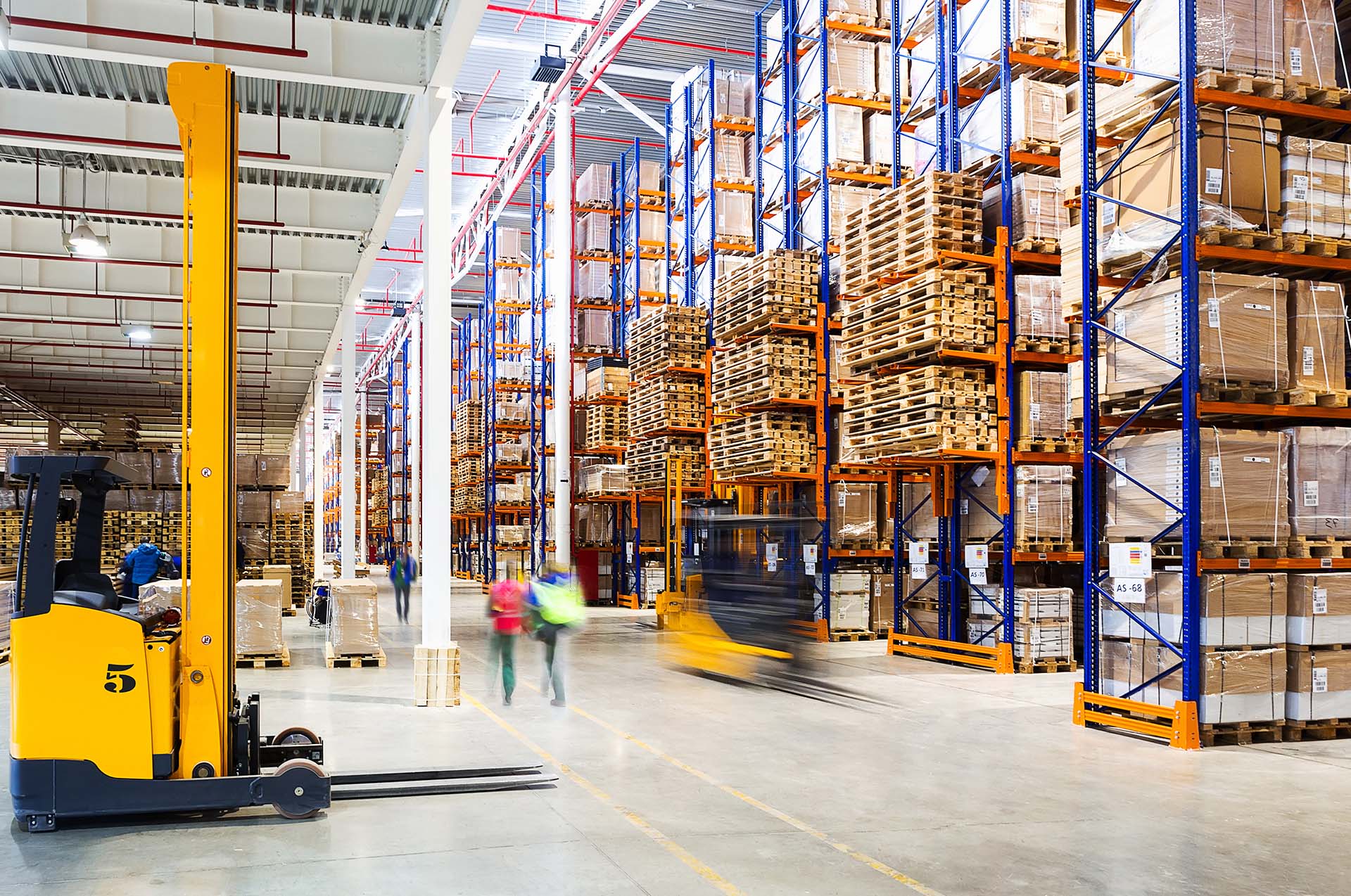Efficient warehouse operations are crucial for the success and growth of your business. They ensure you manage orders efficiently, which leads to customer satisfaction and improves sales. Leveraging a warehouse management system can help a lot regarding this. It allows you to streamline inventory management by automating repetitive tasks. However, it will not be able to serve you forever.
As your business grows, your current system may no longer be able to keep up. This can lead to inefficiencies and higher operational costs. However, it’s not always obvious when your WMS no longer meets your needs. It leads to uncertainty about whether it’s time to upgrade WMS. Don’t worry! We are here to help you regarding this. In this post, we will tell you about some signs that highlight the need for a WMS upgrade.
5 Signs You Need to Upgrade Your WMS
1. Slow and Unreliable Performance
If your WMS is frequently lagging or crashing, it becomes a major issue. Slow performance can significantly impact daily operations. It ultimately leads to delays in inventory tracking, order processing, and shipment schedules. Sometimes a few seconds of downtime can result in missed deadlines and frustrated customers.
A slow system is often a sign that it cannot handle the volume of data or the number of transactions your business now requires. Therefore, you should upgrade it to a faster, more reliable system to ensure that your warehouse can match operational demands.
2. Limited Scalability
As a business owner, your priority is to grow your business. When it grows, warehouses often need to handle larger volumes of goods and process more orders. It also has to expand to multiple locations. A WMS that can’t scale to meet these new demands will limit your business’s ability to grow.
If you find that your current system struggles with increased inventory levels or handling more complex workflows, it’s time to consider an upgrade. Modern warehouse management systems are designed to be scalable. They allow you to add features, users, or even entire warehouses without compromising on performance. It ensures your system grows with your business.
3. Manual Data Entry
Warehouse management is a complex task as it involves handling and tracking a lot of data. Relying on manual processes to store and manage this data can slow down your operations and lead to costly errors. If your warehouse team still relies on spreadsheets, paper logs, or manual updates in the WMS, you’re not taking full advantage of the available technology.
Manual processes are not only slow but also prone to human error. They often lead to inventory miscounts, lost items, or misplaced shipments. A modern WMS automates tasks such as inventory tracking, order updates, and report generation. It also reduces paperwork and eliminates errors. Above all, it speeds up warehouse operations, saving you time to focus on more strategic tasks.
4. Inadequate Real-Time Visibility
Real-time data tracking is essential for efficient warehousing. You need instant access to inventory levels, order statuses, and shipment tracking for efficient order management. This will be possible only when your WMS provides real-time updates. If it fails to do so, it can lead to inaccurate data, delayed decision-making, and inefficiencies.
For instance, without real-time inventory updates, you can experience stockouts or overstocking, which affect profitability. It’s a clear sign that you should upgrade to a modern WMS that offers real-time tracking. It ensures that you always have accurate data on your warehouse operations. This visibility allows for better decision-making and more agile responses to customer demands.
5. Difficulty in Integrating with Other Systems
You need to integrate the warehouse management system with various other software systems to maintain operational efficiency. For example, you need to combine it with an order management system to manage orders appropriately.
An outdated system will not support these integrations. You often face this issue when versions of different systems don’t match. If you notice this, you should immediately opt for upgrading WMS. Implement a new system with advanced integration capabilities.
Bottom Line
If you notice any of the aforementioned signs, you should immediately opt for a WMS upgrade. When doing so, make sure you choose an advanced system that offers customization and scalability. After that, you should also look for future updates to access new features.
Keep an eye for more news & updates on Gossips!



